by supplychainreport
As global trade tensions escalate, satellite operators are implementing robust logistics strategies to stay resilient amid rising tariff threats. A U.S.-based satellite communications provider has recently strengthened its international supply chain by expanding its third-party logistics operations in Europe, strategically diverting shipments away from potential U.S. tariff zones.
The operator traditionally sourced equipment from Southeast Asia, routing them through domestic hubs before final distribution. However, with updated trade policies imposing up to 10% tariffs on certain imports — and the risk of higher rates pending — a shift in distribution models has become necessary.
To mitigate projected additional costs of up to $3 million this year, the operator is redirecting non-U.S. shipments to its European facilities. If previously proposed tariffs of 36% are reinstated, the financial impact could escalate to $7 million annually. Despite these potential challenges, the company aims to absorb these costs rather than passing them onto customers, maintaining a strong market position and continued momentum.
Industry analysts highlight that the satellite and aerospace sectors rely heavily on globally sourced components, leaving many exposed to unpredictable trade policies. Equipment produced abroad or containing significant foreign content is especially vulnerable to these tariffs. This has prompted companies across the sector to evaluate new sourcing strategies and logistic pathways to reduce exposure and ensure continuity.
While uncertainty remains about the extent to which these trade measures will affect global manufacturing and procurement, some businesses are already leveraging their diversified supply networks to remain agile. Forward-looking supply chain models are proving essential, especially in sectors dependent on advanced technology and precision components.
Despite broader geopolitical headwinds and shifts in government spending, the satellite communications industry remains focused on service innovation and international collaboration. Expanding logistics partnerships and adapting sourcing strategies are now key pillars in navigating the evolving trade landscape.
#BreakingNews #SupplyChainReport #TradeUpdate #LogisticsStrategy #GlobalTrade

















